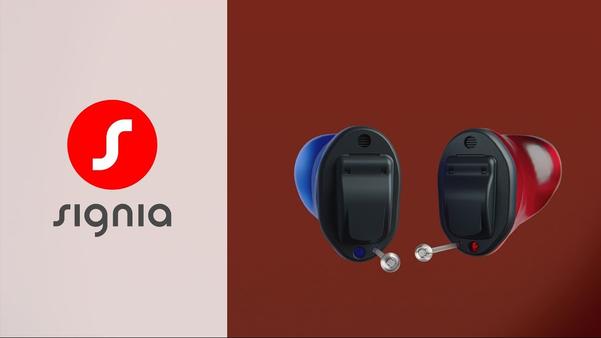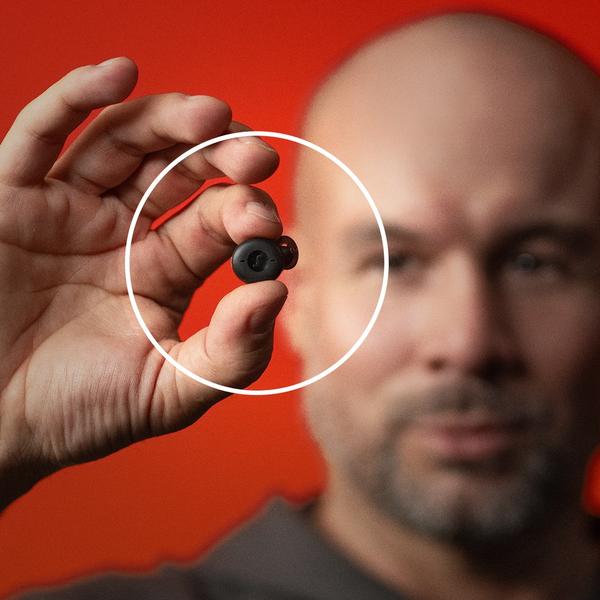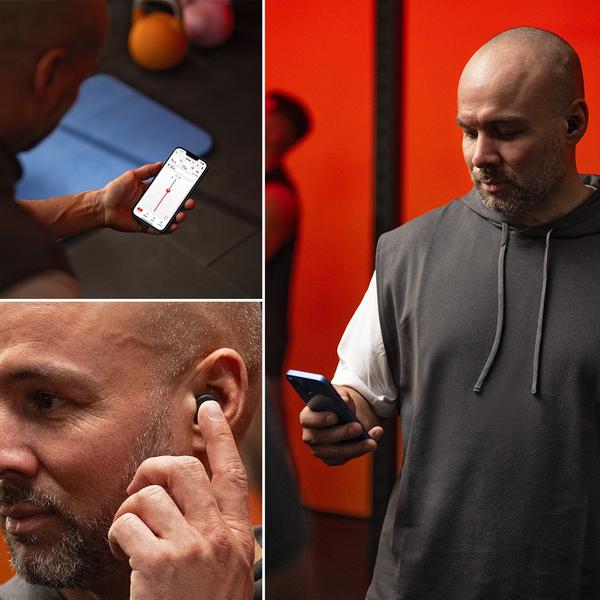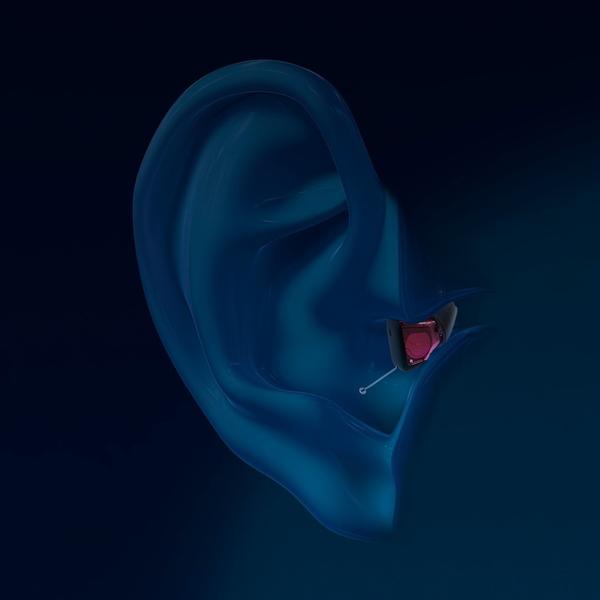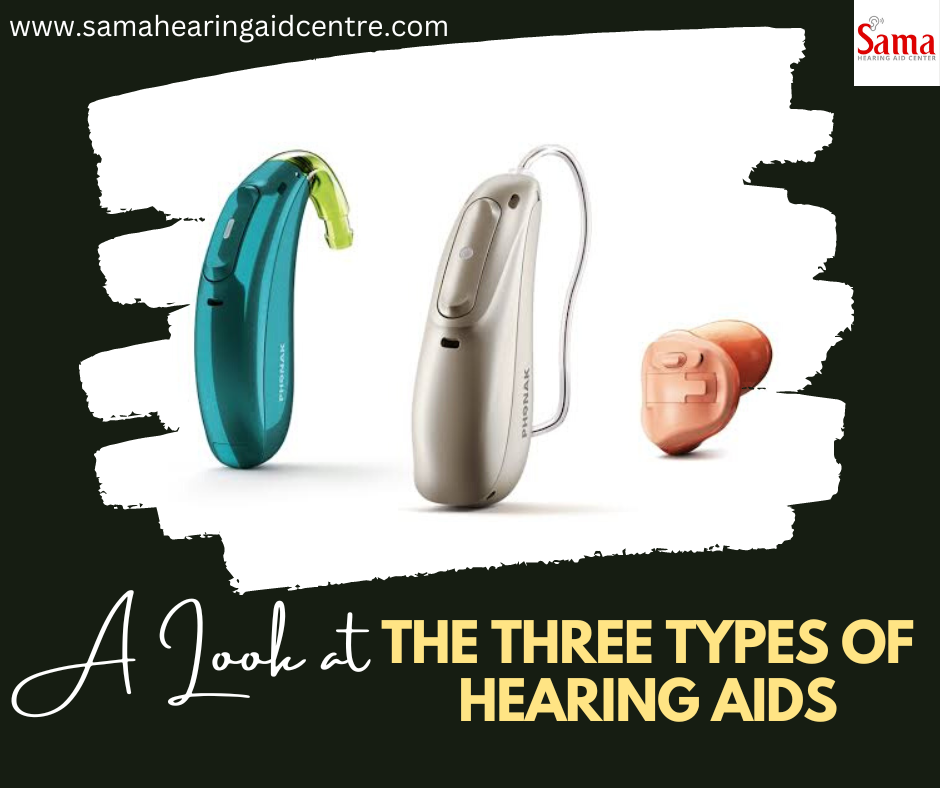
A Look at the Three Types of Hearing Aids
Every person’s hearing needs are as unique as they are, which is why high-quality hearing aids aren’t one-size-fits-all. What might work well for one individual may not for another, which is why these devices come in a variety of designs and solutions to meet both one’s hearing and physical needs.
Here’s a quick overview of how hearing aids work. In general, they amplify sounds using a three-part system.
1. A microphone receives sound and converts it to a digital signal. This digital signal can be customized and programmed for the user’s hearing needs.
2. An amplifier sends and boosts that sound to a speaker.
3. The speaker sends the sound to the ear.
Now, on to our hearing aids.
Behind-the-ear (BTE) hearing aids
Behind-the-ear hearing aids feature the microphone, speaker, controls, and battery compartment in a case that sits behind the ear. A small, clear tube connects the hearing aid to an earmold, which sits in the ear canal. BTEs are popular and appropriate for almost all types of hearing loss and for people of all ages. Because the earmold can be changed without buying an entirely new device, BTEs are often a good choice for children. BTEs are available in a variety of colors to match skin tone or hair color, and are also available in fun colors for children.
Receiver-in-the-ear (RIC) hearing aids
RIC hearing aids are quite similar to BTEs, with one major difference. The speaker (also known as a receiver) goes inside the ear canal instead of the hearing aid casing, which allows for a much smaller and sleeker hearing aid. RICs are also more of an open fit hearing aid, as they allow sound to flow in and out of the ear more naturally. Like BTEs, users can choose RICs in a variety of colors to match skin tone or hair color, and are also available in fun colors for children.
Custom fit hearing aids
Custom hearing aids are designed to the specifications of your unique hearing needs. These types of hearing aids can include:
• Invisible-in-the-canal (IIC), a nearly undetectable hearing device that sits directly in your ear canal. Created by making a custom impression of the ear canal, IIC hearing devices are appropriate for those with mild-to-moderately severe hearing loss.
• Completely-in-the-canal (CIC), which are just a little bigger than an IIC hearing aid and come in a variety of colors to match a wearer’s skin tone or hair color. CIC hearings aids are also beneficial for those with mild –to-moderately severe hearing loss.
• In-the-ear (ITC) hearing aids partially or fully fill the outer ear, and fit securely as they’re custom designed to fit to the user’s ear. Because of their larger size, ITCs can accommodate extra and more powerful features. Many users find them easier to handle as well. ITCs can be useful for people with mild-to-severe hearing loss.
Wondering what type of hearing aid might be right for you? Contact us today 8078990955
Keywords
A Look
mild –to
ear canal
outer ear
skin tone
fun colors
Many users
hair color
new device
Three Types
larger size
good choice
digital signal
quick overview
one individual
physical needs
IIC hearing aid
ear hearing aids
RIC hearing aids
powerful features
three-part system
custom impression
CIC hearings aids
ITC) hearing aids
BTE) hearing aids
small, clear tube
hearing aid casing
battery compartment
IIC hearing devices
Custom hearing aids
severe hearing loss
sleeker hearing aid
unique hearing needs
one major difference
open fit hearing aid
Custom fit hearing aids
high-quality hearing aids
undetectable hearing device

